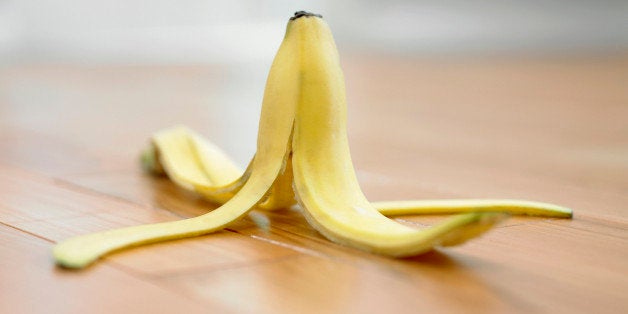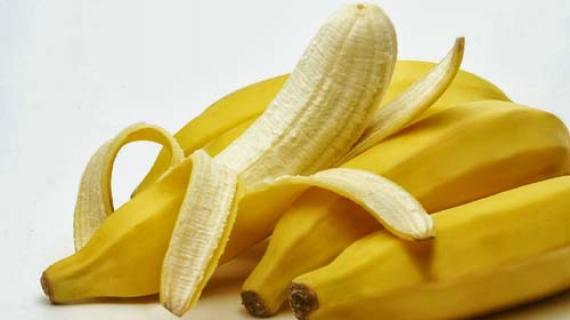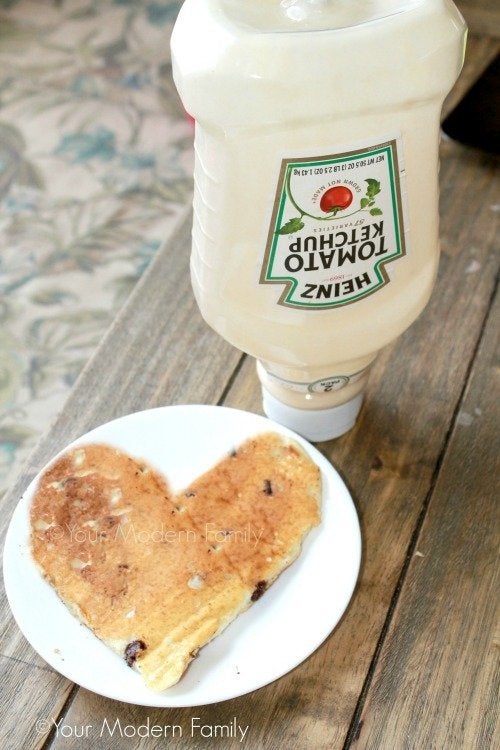
We thought banana peels were good for two things: protecting bananas and serving as comedic props. That was until we heard that not only is it safe to eat banana peels; it's also advisable. Huh. Here's the deal.
Why is this a thing? In addition to potassium, which helps balance electrolytes and grow cells, banana peels are a great source of magnesium (for a healthy heart and strong immune system), fiber (for colon health) and vitamins B12 and B6 (for metabolism and strong cells).
But what do they taste like? Depends on how ripe they are. Unripe banana peels are thick, fibrous and bitter. As they ripen, the skin thins out and gets sweeter, making them prime for consumption.
OK, but how do I eat them? First, make sure to buy organic, since they haven't been treated with pesticides. From there, blend them into smoothies or brew banana tea, which works as a sleep aid thanks to the banana's tryptophan.
And you're sure people do this? Absolutely. Turns out a lot of the world (especially Asian and Indian cultures) has been eating banana peels for years. While it's not necessary that you make use of the entire banana, the peel is a great source of additional vitamins and nutrients.
Related:
What to Eat Every Night For the Entire Month
You Can Make These Homemade Cheese Crackers in 30 Seconds
You Need to Try This Two-Ingredient Nutella Hot Cocoa
Also on HuffPost:

